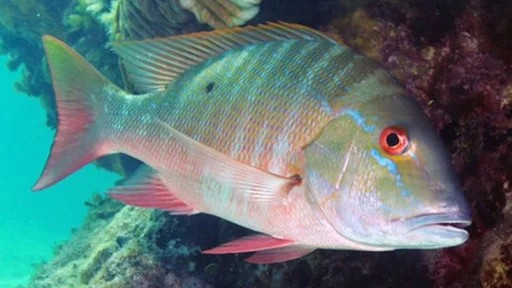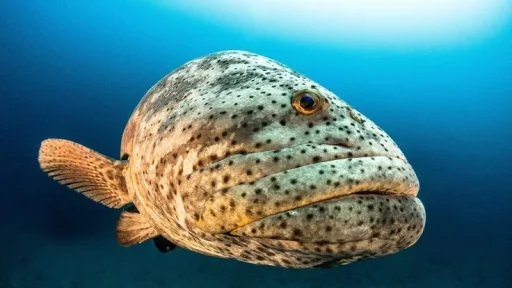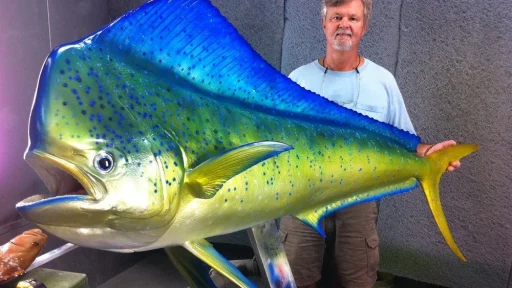Pargo fish, commonly referred to as snappers, are the shimmering jewels of the deep, beloved for their versatility both on the plate and in the thrill of the catch. From the balmy waters of the Caribbean to the shores of Latin America, these fish command attention—not just for their rich, delicate flavor, but for the battle they put up against determined anglers. In this guide, we’ll unravel the diverse world of Pargo, spotlighting some of the most celebrated species and how best to savor them in the kitchen.
What Exactly is Pargo?
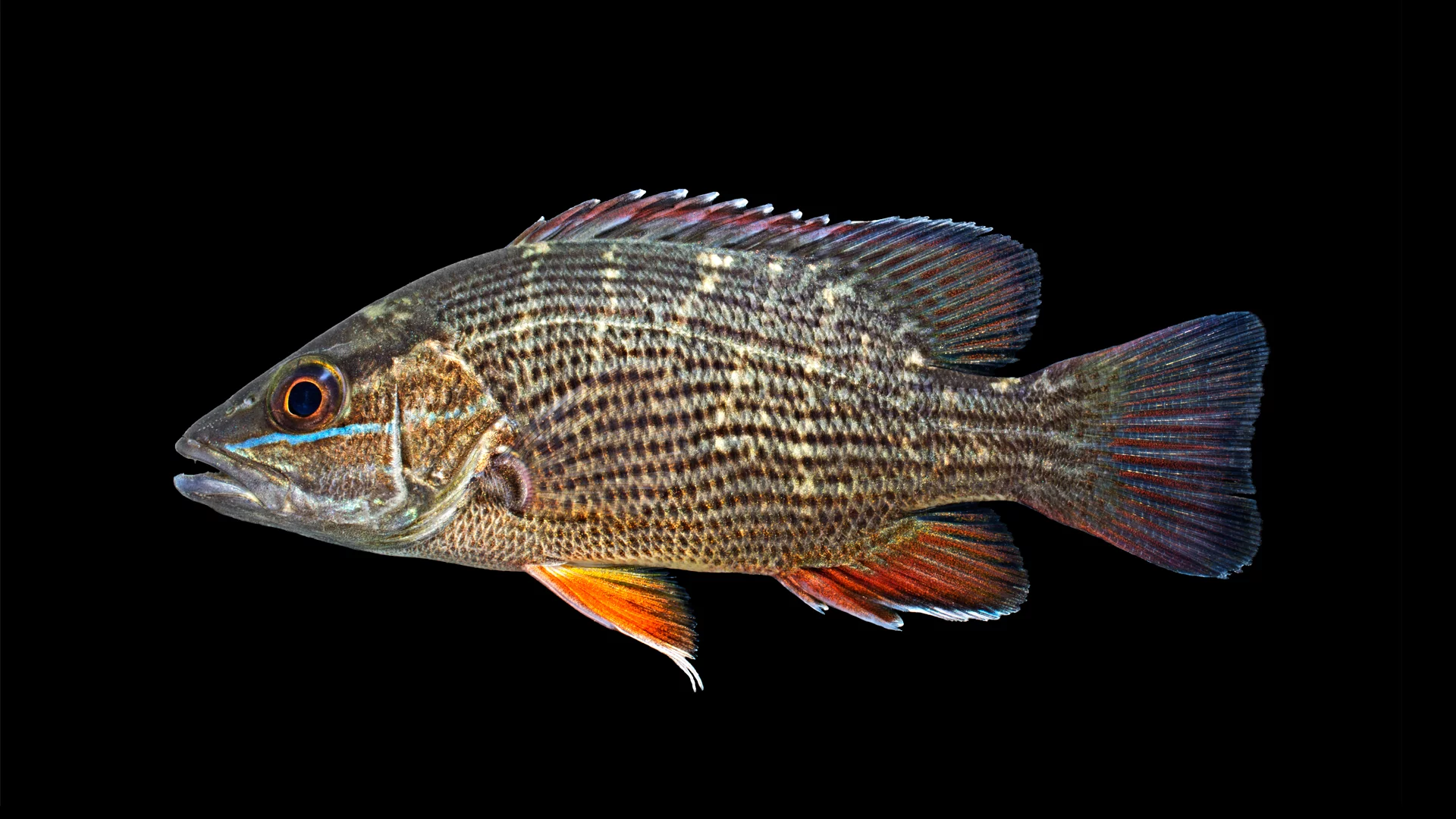
In Spanish-speaking parts of the world, “Pargo” is the term that captures the essence of snappers—a broad category of fish with firm, white flesh, coveted in both culinary circles and recreational fishing. These denizens of warmer waters are known for their resilience and strength, making them a prized target for sport fishers and an enduring staple in traditional dishes. But not all Pargo are created equal; let’s dive into their myriad forms.
Pargo’s Dual Identity: A Culinary Delight and a Fisherman’s Trophy
In coastal cultures, Pargo is more than just a catch—it’s an emblem of celebration. It graces dinner tables during festivals, its meat a canvas for a multitude of flavors, while anglers chase these feisty fish for the sheer challenge of reeling them in. Their aggressive nature in the wild only heightens their allure, ensuring that whether served up with a garnish of lime or fought into a net, Pargo never fails to impress.
The Majestic Varieties of Pargo
While “Pargo” may be an umbrella term, each species within this family has its own tale to tell. Let’s explore some of the most renowned varieties that add texture, flavor, and challenge to the Pargo narrative.
Cubera Snapper (Pargo Cubera)
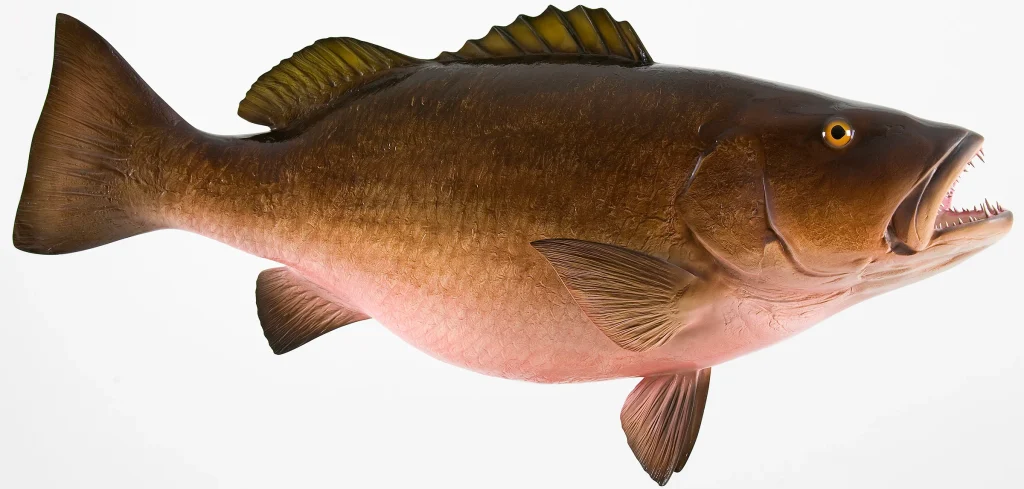
- Appearance and Size: The heavyweight of the snapper world, Cubera Snapper can tip the scales at over 100 pounds. With its massive frame, sharp teeth, and bold reddish tint, this is a fish that announces its presence with authority.
- Habitat and Behavior: Solitary and elusive, the Cubera prowls the reefs of the western Atlantic, using its powerful jaws to crunch through prey—and fisherman’s lines.
- Culinary Use: Grilling enthusiasts love the Cubera for its meaty, robust fillets, often prepared in dishes like “Cubera a la Plancha,” where simplicity allows its natural flavors to shine.
Mutton Snapper (Pargo Criollo)
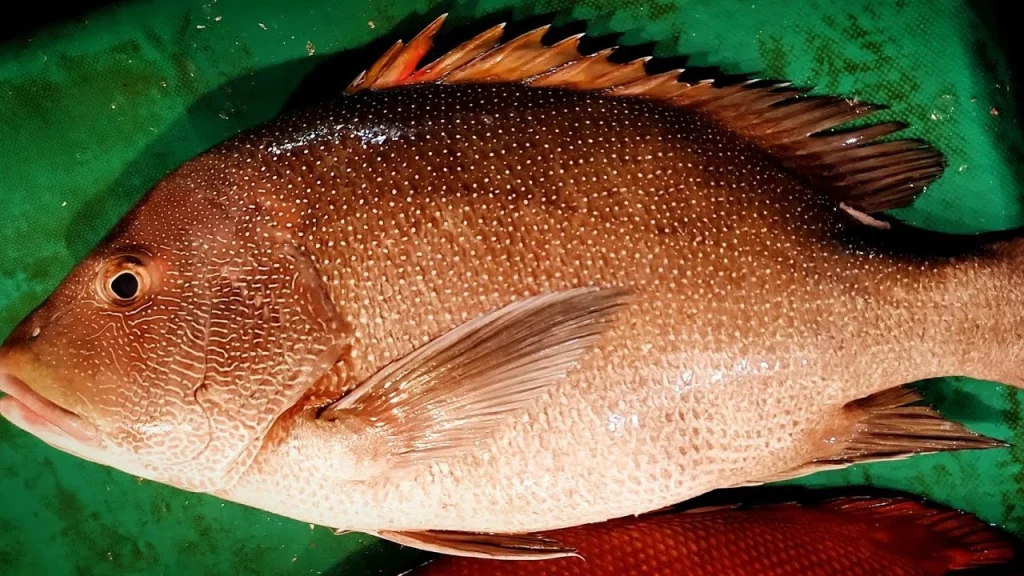
- Key Characteristics: Sleek and slender, the Mutton Snapper is an artist’s palette of pinks and blues, with its body adorned in vibrant spots that shimmer in shallow waters.
- Preferred Waters: This snapper thrives in the warm embrace of Caribbean reefs, lurking just below the surface, making it a popular catch for both divers and fishers.
- In the Kitchen: With a slightly sweet, tender flesh, Mutton Snapper is perfect for light, zesty dishes—whether in ceviche or baked to preserve its delicate flavors.
Dog Snapper (Pargo Perro)
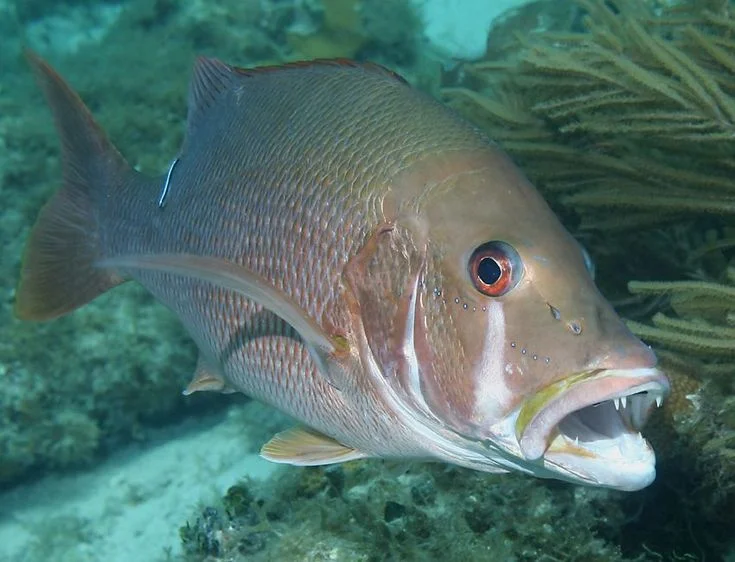
- Distinctive Features: Named for its canine-like teeth, the Dog Snapper has a ferocious appearance that mirrors its temperament. Its reddish-brown hue and the dark line streaking through its eye make it unmistakable.
- Where to Find It: You’ll spot the Dog Snapper near reefs and mangroves, particularly after dark. This nocturnal feeder lurks in the tropical waters of the Atlantic and Caribbean, waiting for its moment to strike.
- A Dish to Remember: Whether broiled, fried, or prepared whole, the Dog Snapper’s versatility in the kitchen is matched only by its intense flavor—often complemented with fresh lime and crispy plantains.
Yellowtail Snapper (Pargo Amarillo)
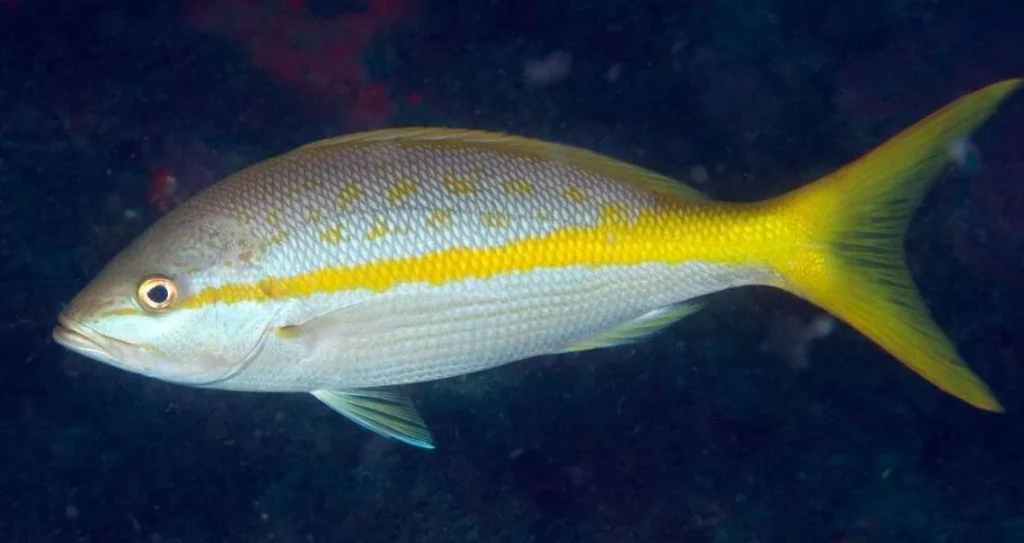
- Eye-Catching Traits: A burst of color in the ocean’s blue expanse, the Yellowtail Snapper is hard to miss with its bright yellow streak and tail. Though smaller than its cousins, it packs a punch with its mild and buttery meat.
- Culinary Appeal: Often found sizzling on the grill or adding a burst of flavor to fish tacos, the Yellowtail Snapper’s soft flesh pairs beautifully with tropical fruits and light salads.
Mangrove Snapper (Pargo de Mangle)
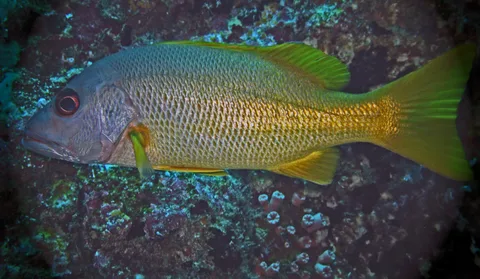
- A Fisherman’s Delight: Found skulking in brackish mangrove waters, this snapper’s aggressive attitude makes it a fan favorite for sports fishers. Their abundance and sharp wits require stealth and patience.
- Fishing Strategy: Live bait is the secret to luring Mangrove Snapper, and casting your line near their mangrove hideouts is essential for success.
Unpacking the Differences Among Pargo Varieties
Though they all hail from the snapper family, these species are as varied as the waters they swim in. From the mammoth Cubera to the zippy Yellowtail, each species brings its own quirks in terms of flavor, habitat, and cooking potential. While some boast sweet, flaky flesh perfect for ceviche, others like the Cubera offer thick, hearty cuts ideal for grilling.
Sustainability and the Future of Pargo
As demand for these vibrant species grows, so too does the concern for their future. Overfishing threatens some Pargo populations, making sustainable practices crucial to ensure these fish remain part of the global culinary and fishing landscapes for generations to come.
Tips and Techniques for Catching Pargo
- Best Practices: To outwit Pargo, seasoned fishers recommend dawn or dusk expeditions, live bait, and fishing near reefs or mangroves.
- Avoiding Common Mistakes: Always arm yourself with the right gear—light tackle won’t hold up against these strong, stubborn fish.
Cooking Pargo: Turning Your Catch into Culinary Gold
- Grilled Pargo: Marinated with garlic, olive oil, and lime, Pargo is best served fresh off the grill, its flavors enhanced by the char of an open flame.
- Pargo Ceviche: For a fresh twist, dice raw Pargo and marinate in citrus, tossing with onions, tomatoes, and cilantro for a zesty dish that’s a feast for the senses.
Nutritional Benefits of Pargo
Pargo is not just delicious; it’s packed with nutritional value. Rich in lean protein and omega-3 fatty acids, it supports heart health while staying low in calories—a perfect balance for those looking to eat well.
Frequently Asked Questions About Pargo
What is the best way to cook Pargo?
Pargo’s firm, flavorful flesh makes it incredibly versatile. Grilling is a popular option, where the smoky char enhances its natural flavors, but frying and baking also bring out the best in this delicious fish. Try marinating in lime, garlic, and olive oil for an unbeatable taste.
Can Pargo be eaten raw?
Yes, Pargo can be enjoyed raw, most commonly in ceviche. When prepared properly, its delicate texture and mild flavor shine through, especially when marinated in zesty citrus juices and tossed with fresh herbs and vegetables.
What does Pargo taste like?
Pargo boasts a mild, slightly sweet taste with a firm yet tender texture. Depending on the species, the flavor can range from buttery to slightly nutty, making it perfect for various culinary applications from light ceviches to hearty grilled dishes.
Is Pargo fish healthy?
Absolutely! Pargo is rich in lean protein and heart-healthy omega-3 fatty acids, while being low in calories. It’s an excellent choice for those seeking a nutritious meal without sacrificing flavor.
Where can I catch Pargo?
Pargo are typically found in warm, tropical waters—often near reefs, mangroves, and rocky coastlines in the Atlantic and Pacific Oceans. Key fishing spots include the Caribbean, the Gulf of Mexico, and along the coasts of Central and South America.
Conclusion: The Allure of Pargo, On and Off the Line
Pargo, with its shimmering scales and firm, flavorful flesh, has captivated both fishermen and food lovers for generations. Whether you’re battling one of these tenacious creatures in the depths of the ocean or savoring its tender meat on your plate, Pargo offers a unique experience. Each species, from the majestic Cubera to the delicate Yellowtail, brings its own distinctive flavor and challenge, making them a prized catch and culinary delight. As these fish swim through the warm waters of the world, they leave behind a legacy of culture, cuisine, and sustainable fishing practices. Whether for the thrill of the hunt or the joy of a well-prepared meal, Pargo truly has something for everyone.
Read More:
Dorado Fish Decoded: Unveiling the Secrets of This Ocean Acrobat
Grouper Fish: The Giant of the Reef and Its Crucial Ecological Role
TriggerFish: The Ocean’s Living Locks and How They Got Their Name
Colonel Fish: Unraveling the Secrets of This Unique Marine Species


